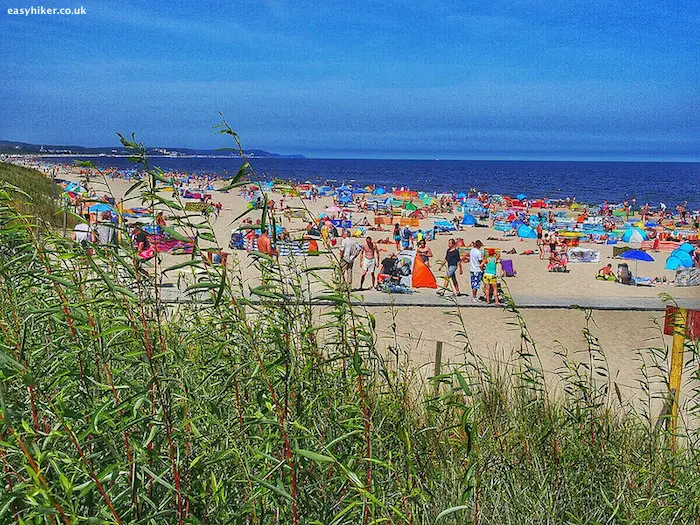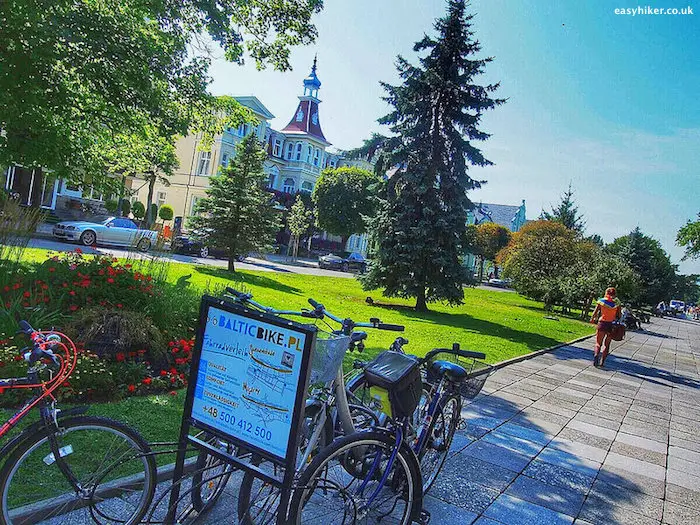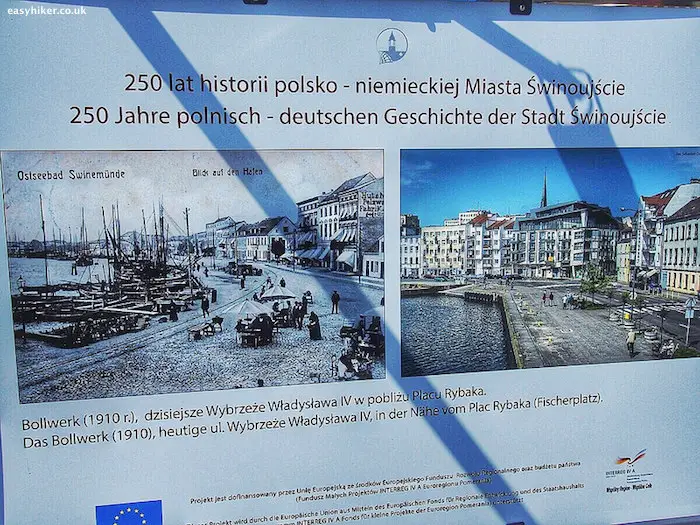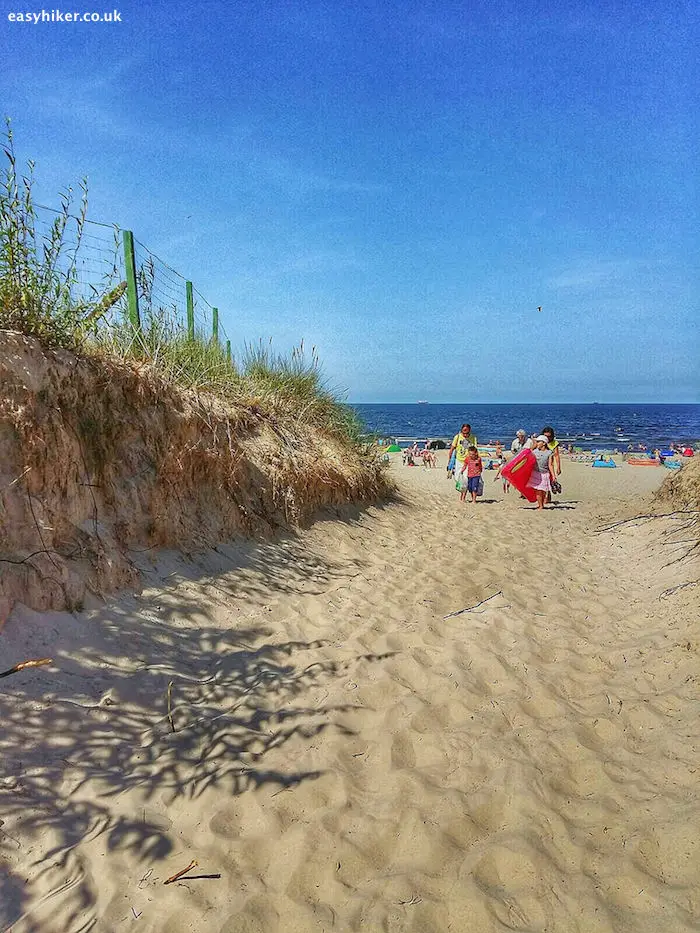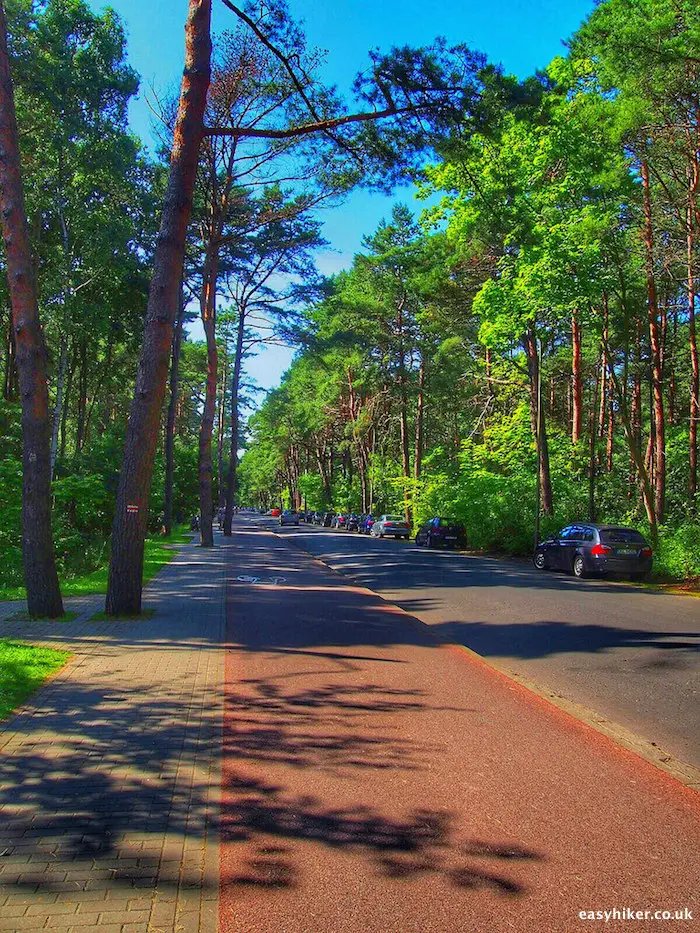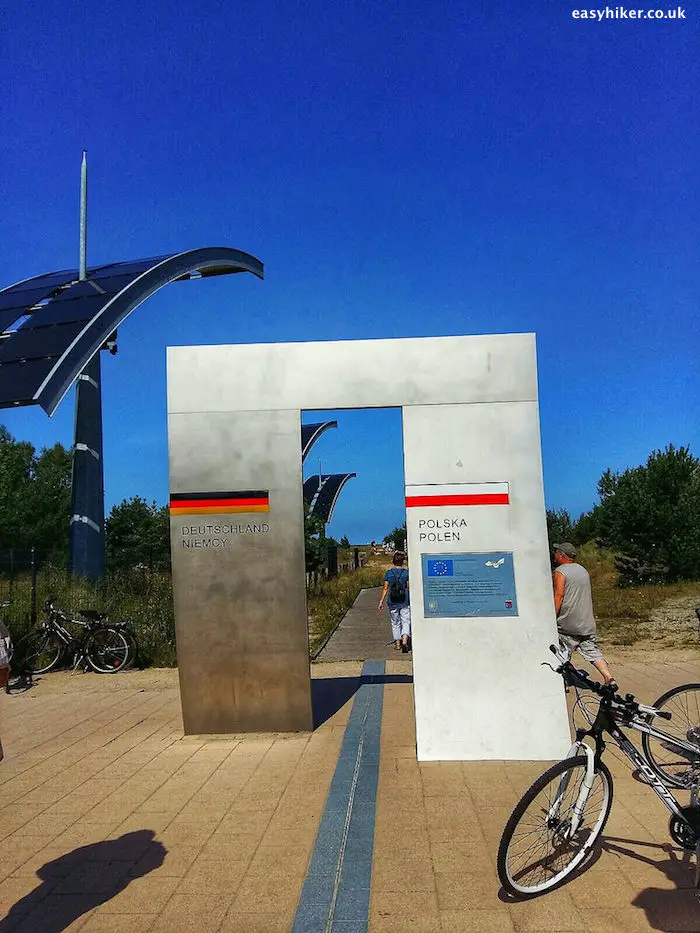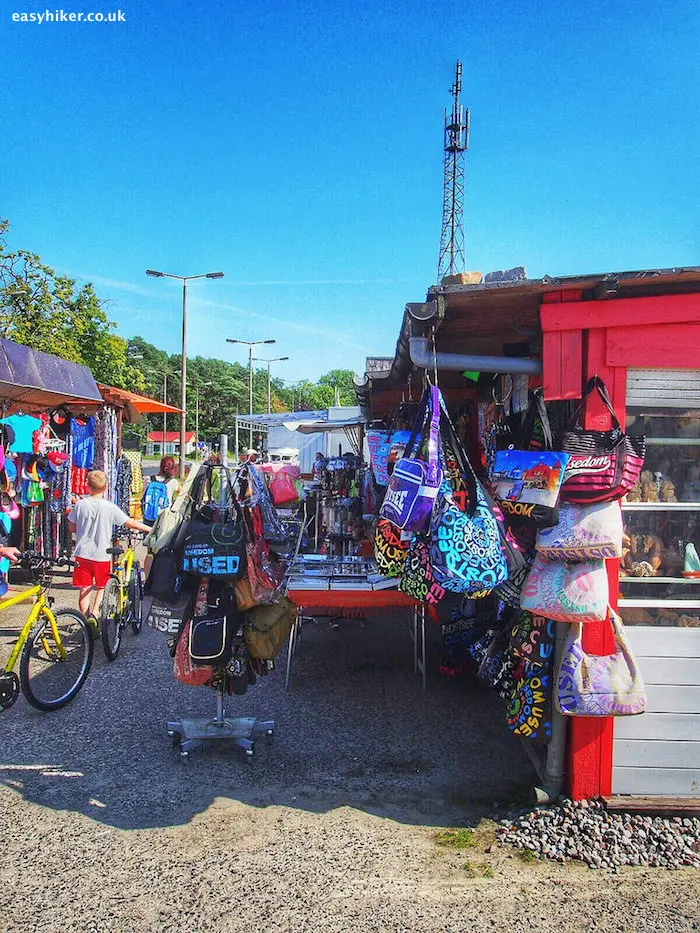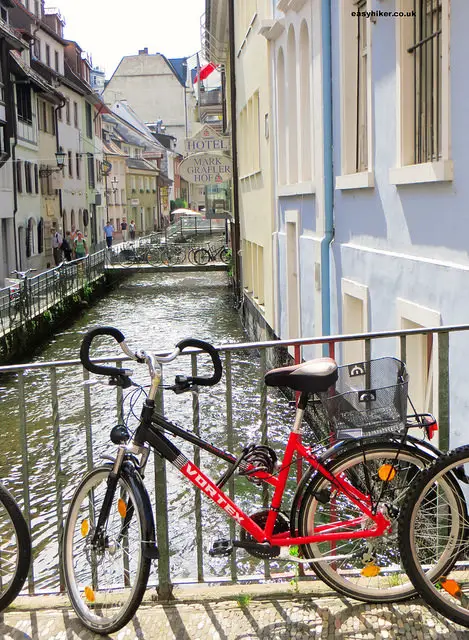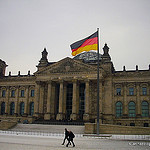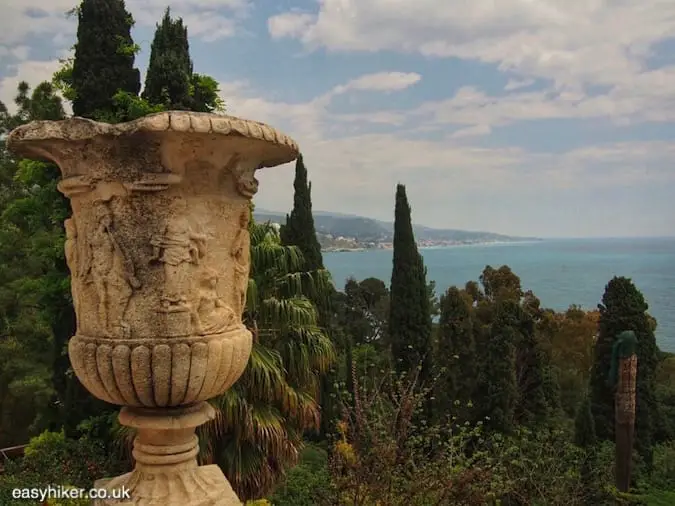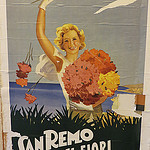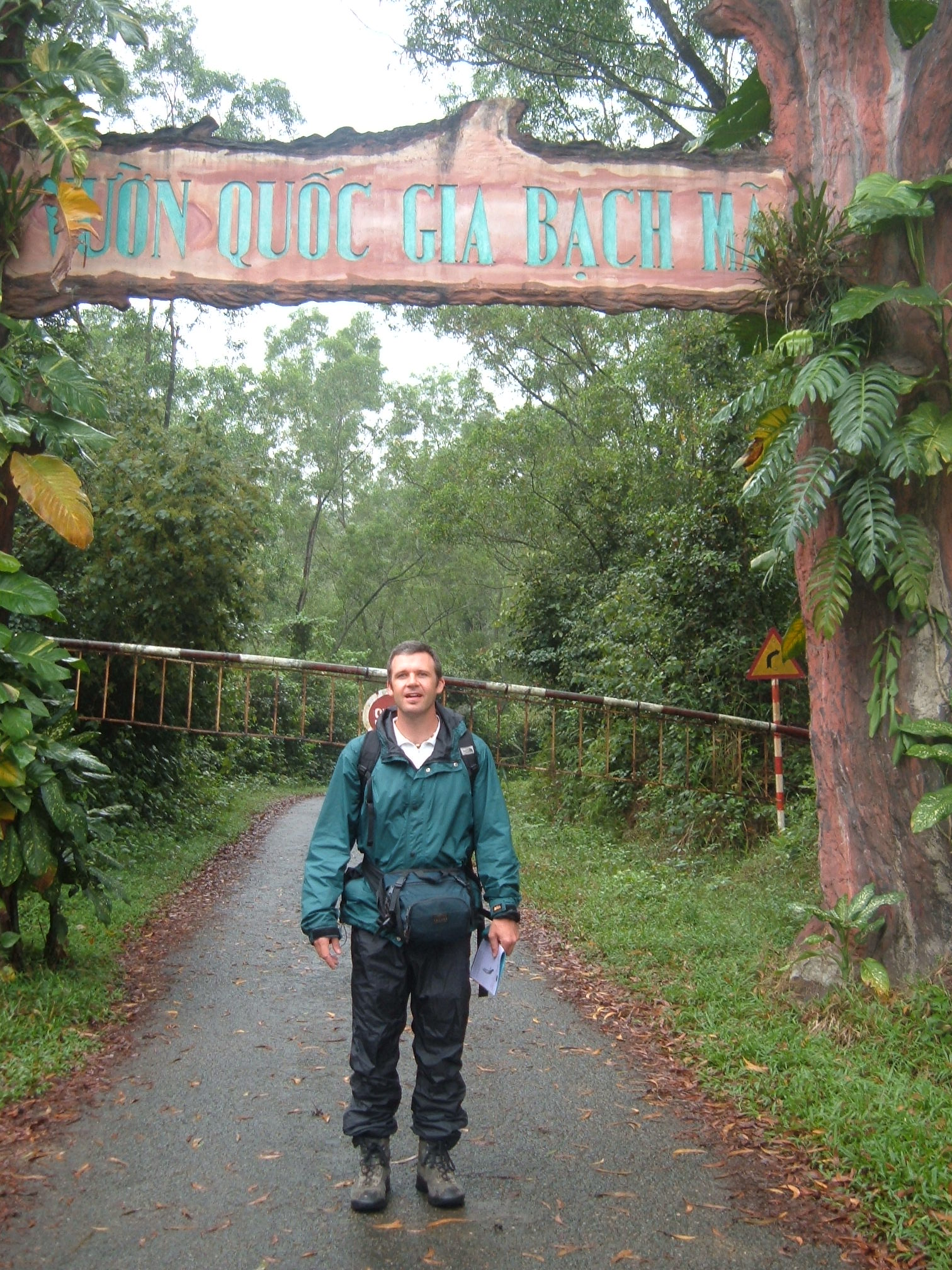Half-German-half-Polish Usedom is used to playing second fiddle among Germany’s Baltic coast islands, but has a unique distinction
Usedom is Germany’s sunniest spot. Talk about damning with faint praise, eh?
But before any of you can accuse me of sneery sarcasm, let me point out that Usedom gets an almost Mediterranean 1917 hours of sunshine every year, more than some places in Italy (Bolzano, Milan) and Spain (San Sebastian), never mind Paris (1662) and – yes, I know you suspected as much – London (1481).
Other than that, Usedom has always been “Baltic Germany’s” number 2 island behind neighbouring Ruegen: the second largest, the second most popular, the second fiddle.
Usedom’s unique distinction is that it is divided between Germany and Poland. After WWII, the Allied powers decided that its Eastern tip should henceforth belong to Poland.
This tip covers only about one sixth of Usedom’s total surface area but includes the island’s largest town, the former Swinemünde which is now called `Swinouj`scie, a real tongue twister even by Polish standards. It almost looks like a dare: you think you are such a gifted linguist? then pronounce that! (Based on what the announcer on the train said, I would hazard a guess somewhere in the region of shwino-uish-chay, but don’t quote me on that.)
Read also: Crossing Borders
Since the fall of the Iron Curtain, Usedom can add another boast: it now has the longest beach promenade in Europe, extending over a length of 12 km from Barnim (in Germany) to what I will henceforth call Swin, to make it easier for you and for me (you have no idea how difficult it was to put the accent on the capital ‘S’).
I have said before that nobody should ever miss an opportunity to cross a border on foot, and when you can walk across one that was for so long so contentious and so hostile, this can only add some frisson to the experience.
The Border Between Two Old Foes
First, however, let’s take a brief look at the town itself. The trains from Germany arrive on the left bank of the Swina (where the town centre is located, too) in a small station (“Zentrum”) which was only opened in 2008 when the German train line was extended across the border. In summer, most of the other passengers on the train will head straight for the beach – turning left into Stanislawa Moniuszki – but we take a right turn and follow Wojska Polskiego towards the harbour and into town.
On your way, you will see some handsome buildings …
… because Swinemuende was once a fancy resort town. Then again, because of its formerly large and extensive harbour – strategically important since the late Middle Ages (the Swedes held on to it as an imperial outpost until 1720) –
… there has always been a rougher edge to the town, too.
In WWII, this harbour was one of the German submarines’ main naval bases and heavily bombed as a consequence. An exhibit in the market square will give you a good idea of what Swin looked like when it was still a German town.
A little aside: when you come to Swin, you will find it relatively easy to pay in EUR. I am only mentioning this because we had some mixed experiences in other Polish towns near the German frontier. But if you do want to exchange some currency (or withdraw Polish Zloty from an ATM), do not go overboard. For a light meal for two plus a cup of coffee or an ice cream in a café, 70 Zloty should be enough, which is less than € 20.
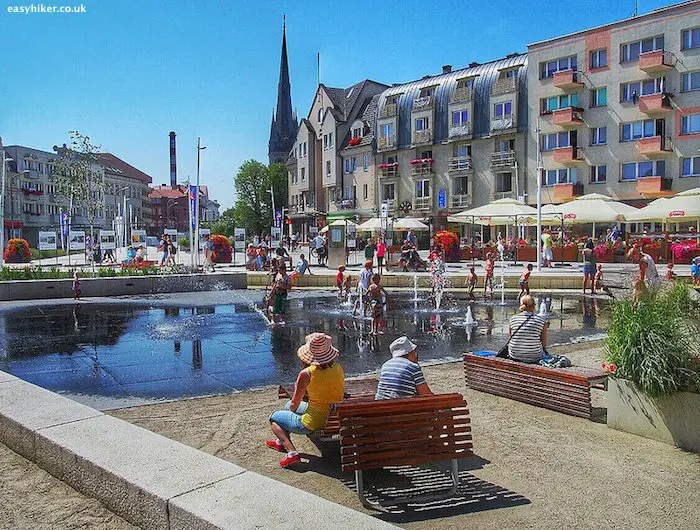
To walk from the town centre to the beach, turn away from the harbour on Konstytucji 3 Maja and turn right into Jana Matejki.
Turn left when this street ends, right on the next corner and then left into Stefana Zeromskiego.
The beach – long, sandy and 40 metres wide – is now on your right hand side: you should go and have a closer look, …
… because on the 12 km long “beach promenade” it is generally well hidden behind the trees.
Continue into the footpath on the side of Stefana Zeromskiego.
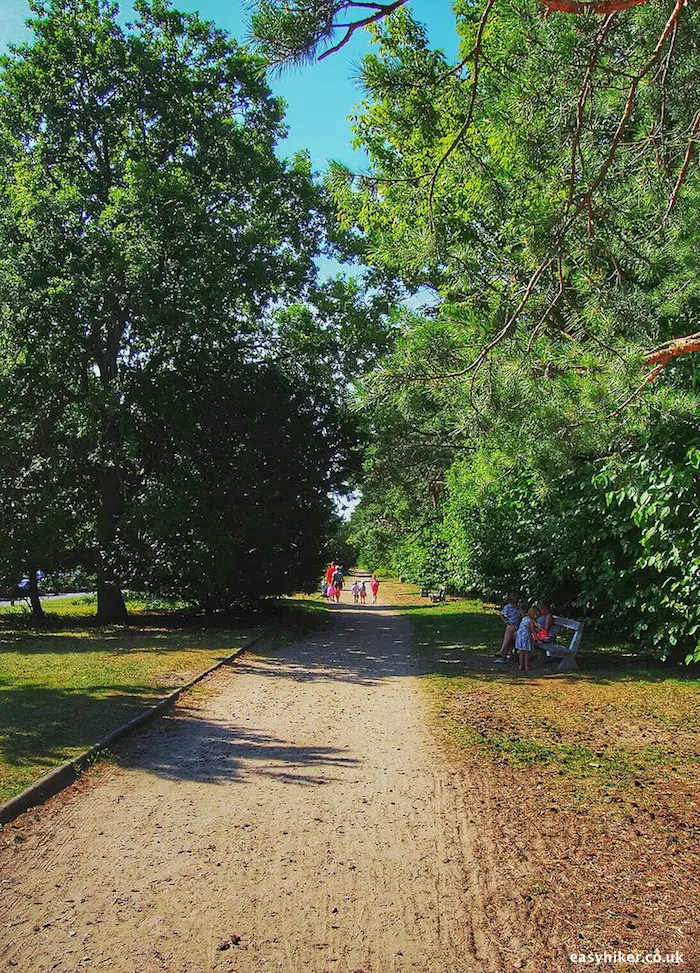
Soon, you will reach the outskirts of Swin, then a small forest …
… and after a little over a mile, the border: not much more than a line in the sand these days.
This line, of course, never divided the hostile armies of East and West: between 1945 and 1989, it “only” separated two Communist countries, East Germany and Poland.
It is fair to say, however, that these two remained uneasy neighbours throughout this period, despite the Sunday speeches of “brotherhood in socialism”, and that the ice of mutual mistrust only began to thaw with the fall of the Iron Curtain and Poland’s accession to the EU.
Behind the border, you have to continue for approx. 500 metres on the Beach Promenade before you can make a left turn into a footpath that will lead you to the main road between Germany and Swin, called Swinemünder Chaussee on the German side (which is where you are now).
Turn left on this road – cutting back in the direction of Poland – for Ahlbeck Grenze train station which sits right at the border.
This is an extremely busy border (at least in the summer), and against expectations, pretty much all the shops are on the German side. There is a lot of tat on sale, mainly cheap souvenirs (beach towels, hats, handbags) that you would expect to find cheaper in Poland. Although the largest shop is selling, of all things, “natural cosmetics”. They seem to be hard to come by in Poland.
You should not, at any rate, get carried away too much and always keep an eye on the train schedule. Trains leave here every 60 or even (in the high season) every 30 minutes, but most of them terminate at Wolgast ferry harbour, and if you need to get back to the mainland, there is only one train every 2 hours that will take you there.
But if you do miss your train: you can walk approx. 1 km on Swinemünder Chaussee to Ahlbeck town, Germany’s easternmost beach resort, where you will find cafés and restaurants.
From Ahlbeck, continue your journey home from the station of Seebad Ahlbeck.

